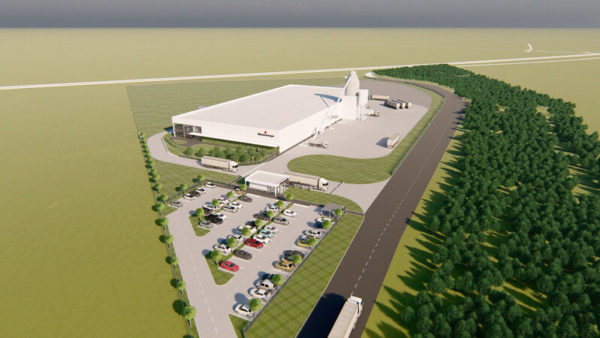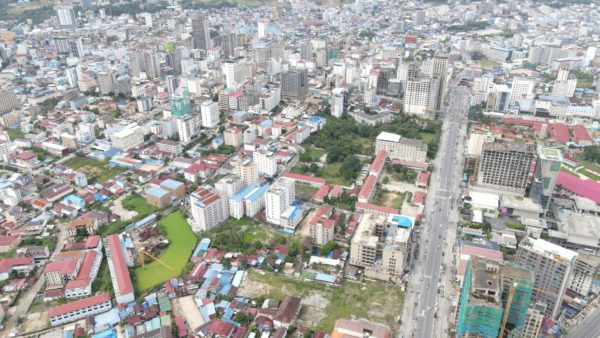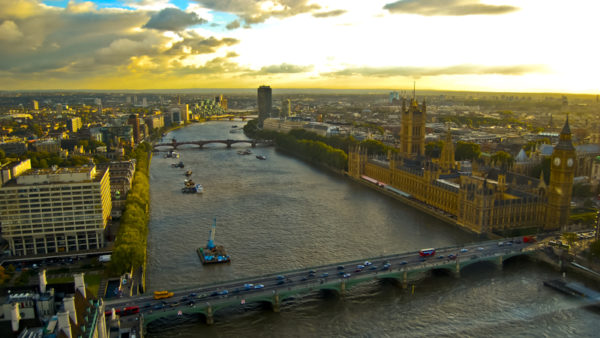The latest annual tally of completed skyscrapers shows China still dwarfing the rest of the world in the construction of tall buildings, but its lead is slipping as more countries get in on the act.
2017 will end with a record 144 buildings over 200m in height completed, 76 of them, or 53% of the total, in China.
So dominant is China that just one of its cities, Shenzhen, came second in the league with 12 buildings completed, or 8.3% total, ahead of the United States as a whole with just 10 buildings completed.
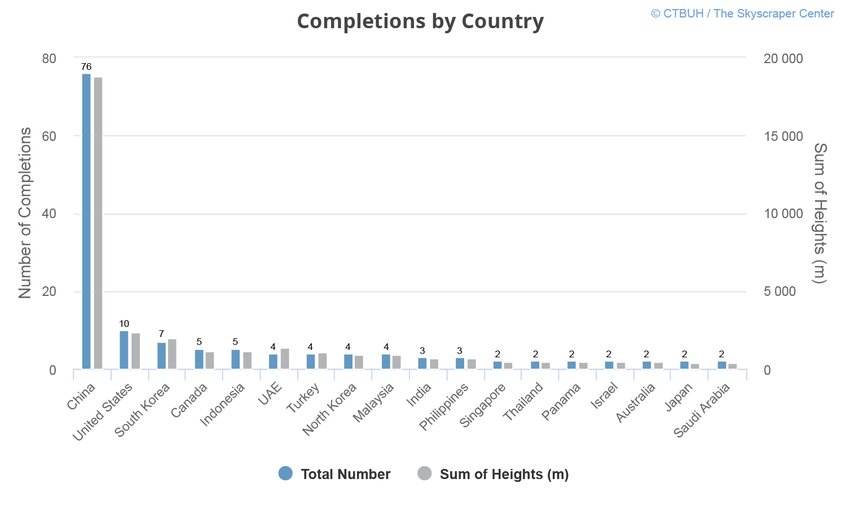
CTBUH
China’s skyscraper exuberance, meanwhile, continues to drive an unprecedented global surge in tall-building construction, with 2017’s tally of 144 representing a 95% increase on 2013, when only 74 buildings of more than 200m in height were completed.
The Council on Tall Buildings and Urban Habitat (CTBUH), which released the figures this week in its annual report, said the craze shows that skyscrapers are now the "global model for densification" as the world’s population continues to congregate in cities.
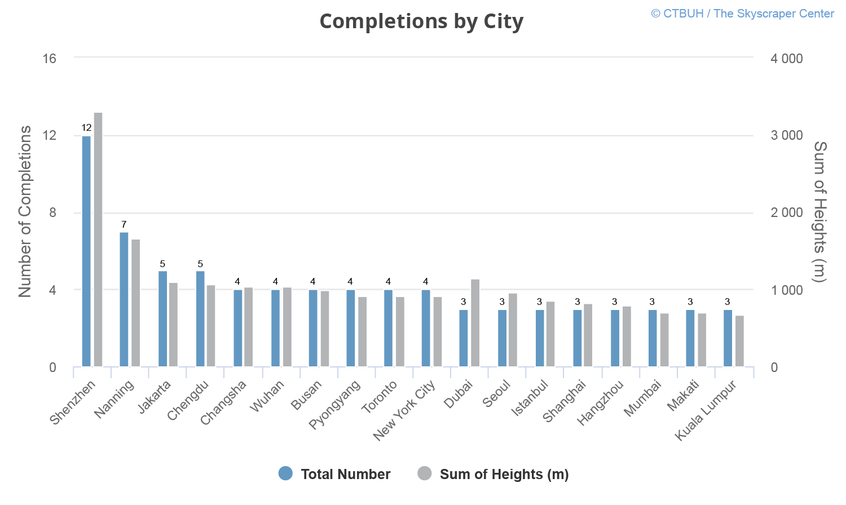
CTBUH
The trend is spreading, with 69 cities across 23 countries now joining the league, up from 54 cities across 18 countries last year. This explains the slippage China’s still-overwhelming lead; its 53% of the total in 2017 is down from 65% of the total last year, when it completed 83 200m-plus buildings.
"High-rise construction is no longer confined to a select few financial and business centres, but rather is becoming the accepted global model for densification as more than one million people on our planet urbanise each week." said CTBUH executive director Antony Wood.
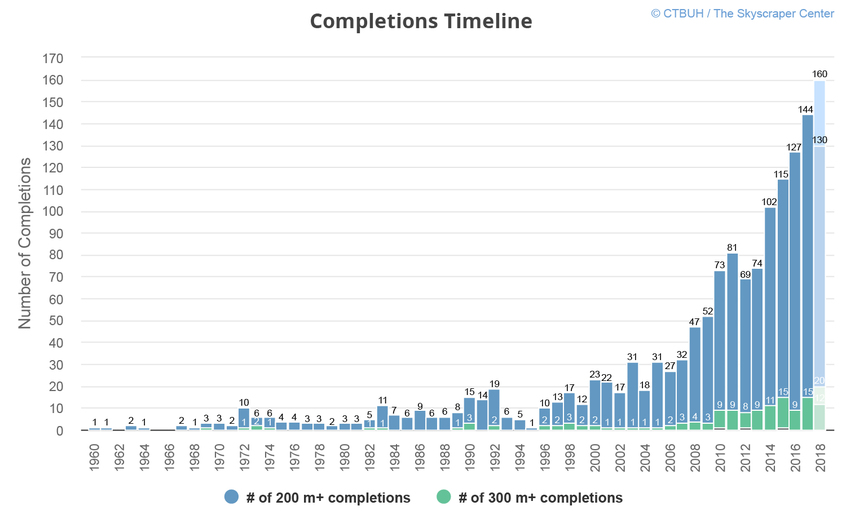
CTBUH/Skyscraper Center
Developers are using skyscrapers for different things, as well. The data showed a large shift from all-office and mixed-used function to all-residential towers. Buildings with an all-residential function spiked to 49 completions, or 34% of the total, up from just 19, or 15% of the total last year.
In terms of materials, concrete still rules over steel, possibly, says the CTBUH, because of its relative ubiquity, lower cost, comparative simplicity of use.
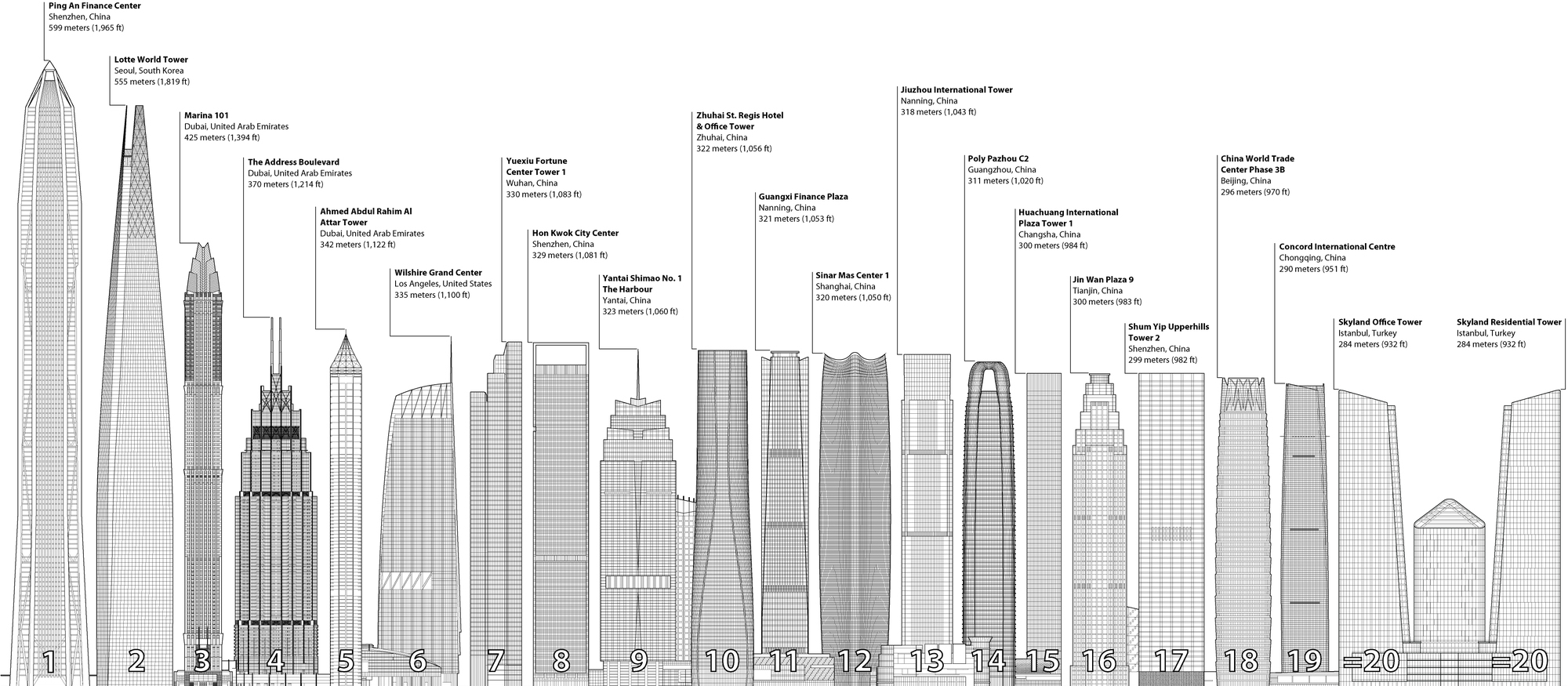
The tallest buildings completed in 2017 (CTBUH)
Of the 144 buildings completed in 2017, 74 (51%) used concrete as the main structural material; while 64 (44%) used a composite of steel and concrete.
In 2017, only two buildings had all-steel construction, consistent with the 2016 figures. There are currently only 17 200m-plus buildings under construction using all-steel structural systems.
Top image: Shenzhen, China, showing 2017’s tallest tower, the Ping An Finance Centre (Wikimedia Commons)






